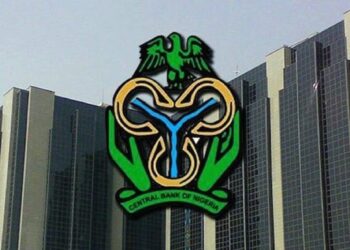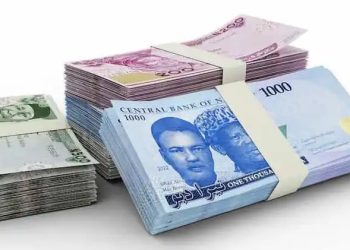In a concerning turn of events, the exchange rate between the Nigerian naira and the US dollar surged to an intra-day high of N1,515 on Monday, marking the bleakest intra-day performance in nearly two months. This development comes amidst persistent demand pressures and a strengthening dollar on the global stage, exacerbating Nigeria’s currency woes.
Data from the Financial Markets Dealers Quotations (FMDQ) revealed that the last time the intra-day high breached the N1,500 threshold was on March 21, 2024, when it peaked at N1,598 against the dollar. Since then, the exchange rate had largely remained below N1,500.
The intra-day high signifies the peak price at which the dollar traded against the naira within a single trading day. It reflects the volatility and fluctuations inherent in the currency market.
At the close of trading on the official Nigeria Autonomous Foreign Exchange Market (NAFEM), the naira settled at an exchange rate of N1,478.11/$1, compared to the previous day’s rate of N1,466.31. This represents the naira’s weakest performance against the dollar since March 20, 2024, when it closed at N1,492/$1, reflecting a day-to-day depreciation of 0.8%.
Analyzing the month-to-date performance, the naira has depreciated by 5.89% in May alone, indicating a sustained downward trend in the currency’s value. In April, the naira depreciated by 5.8% over the entire month, contributing to a year-to-date depreciation of 38.6%.
Furthermore, the intra-day low, representing the lowest quoted rate during the day, stood at N1,301/$1, while the intra-day high peaked at N1,515, signifying a notable fluctuation within the trading session. Amidst the currency volatility, daily turnover surged to $217.6 million, the highest since May 2, indicating heightened market activity.
In parallel markets, operators quoted exchange rates ranging between N1,480 and N1,500, depending on the nature of the transaction. The narrowing gap between official and parallel market rates reflects the Central Bank of Nigeria’s (CBN) market-oriented approach to price discovery. However, demand pressures persist, driven by the forex needs of importers and individuals seeking currency for overseas travel.
Customers at commercial banks continue to face challenges in accessing forex over the counter, often being informed of its unavailability. This compels many to turn to the parallel market, intensifying exchange rate pressures.
As Nigeria grapples with mounting inflation and weakened purchasing power, exacerbated by the recent removal of electricity subsidies, the outlook for the naira remains uncertain. The central bank faces the formidable task of balancing currency stability with economic imperatives, navigating through turbulent financial waters to safeguard Nigeria’s economic resilience.










